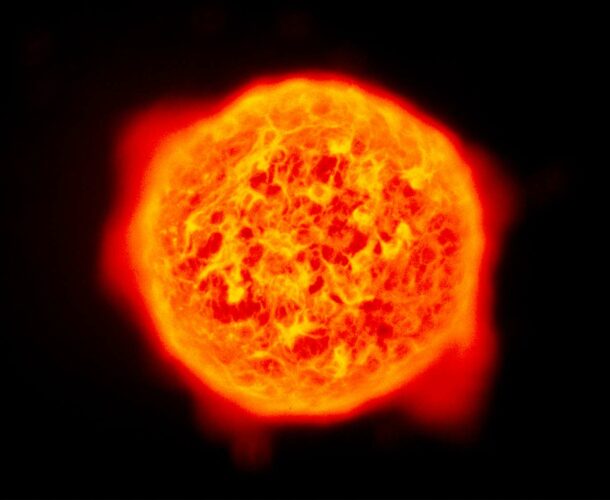Could we one day find a way to replace damaged cells in the brain? Professor Perry Bartlett and his team have known for more 10 years that there are stem cells within adult brain tissue, but isolating these cells is proving harder than finding the proverbial needle in a haystack.
In 2001, Bartlett and his student, Dr Rodney Rietze, are at last able to purify brain stem cells. This is achieved using the institute’s flow cytometry facility to identify stem cells from the molecules present on the cell surface – similar to scanning the barcode of groceries in a supermarket.
It really was fantastic. I mean a lot of people were against us and didn’t think we could do it. And when we finally did it, it was a true Eureka moment,” Dr Rietze says1.
The brain stem cell has the capacity to produce very large numbers of nerve cells. The discovery sparks great excitement that in the future brain stem cells may be harnessed as a treatment for traumatic brain damage and degenerative conditions such as Alzheimer’s disease.
The isolation of brain stem cells impacts other diverse research fields at the institute. In particular, knowledge how to purify brain stem cells gives early clues to researchers who, in 2006, purify stem cells from the breast.






